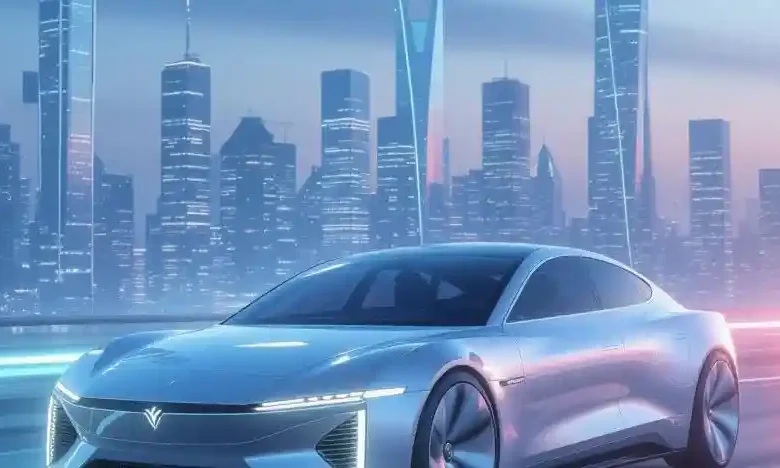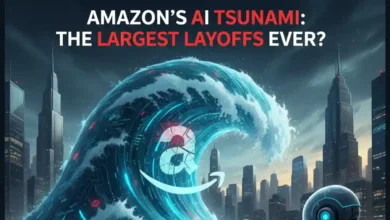Hydrogen Cars vs Electric Vehicles in 2025 – The Way Forward

Hydrogen-powered vehicles (particularly Hydrogen Cars), once hailed as the ultimate clean mobility solution, are at a unique crossroads in 2025. While battery electric vehicles (BEVs) dominate headlines and urban streets, hydrogen fuel cell vehicles (FCEVs) are evolving as high-tech contenders, with both formidable challenges and tantalizing possibilities. This deep dive explores the real state of hydrogen’s development, its potential to complement (or even surpass) electric cars, and the next phase of its journey in mainstream transport.
Hydrogen Cars in 2025: Progress and Roadblocks
Hydrogen fuel cell cars convert compressed hydrogen and oxygen from the air into electricity, emitting only water vapor. Appeal is driven by lightning-fast fill-ups (3–5 minutes), decent long-range capability (300+ miles per tank), and an emissions profile that rivals BEVs. Major automakers like Toyota (Mirai), Hyundai (Nexo), Honda (CR-V e) have invested in the technology, with Honda unveiling North America’s first plug-in hybrid fuel cell SUV in 2025, combining short-range battery power for daily errands and hydrogen for longer journeys.
But reality checks remain sobering:
- Most hydrogen vehicles are available only in niche markets (primarily California, Japan, South Korea, and select EU regions) due to extremely limited refueling infrastructure.
- By mid-2022, only about 17,000 hydrogen cars were on U.S. roads and nearly all were in California.
- Globally, hydrogen car sales plunged by 27% in the first half of 2025, highlighting just how difficult mainstream adoption remains.
Challenges: Why Isn’t Hydrogen Mainstream Yet?
- High Vehicle and Infrastructure Costs: Hydrogen fuel cell cars are 20–30% more expensive than comparable BEVs due to complex engineering, pressurized fuel tanks, and safety requirements. Hydrogen fueling stations can cost $2–4 million each, compared to much lower set-up costs for EV chargers.
- Scarcity of Refueling Stations: While BEV charging networks are expanding rapidly, hydrogen refueling remains a bottleneck. California has the vast majority of the U.S. network, and Europe/Asia see slow but steady additions.
- Energy Efficiency Hurdles: Producing hydrogen (even “green” hydrogen via renewables) is energy-intensive and introduces conversion losses, making it less efficient in most use cases than simply charging a battery.
- Production and Storage: Hydrogen is often sourced from fossil fuels (grey/blue hydrogen), with green hydrogen still emerging as a scalable, cost-effective option.
- Global Scale: While high-profile pilots like India’s Leh bus project running hydrogen buses at extreme altitude prove technical feasibility, most deployments are still experimental, not mass-market shifts.
Where Hydrogen Shines: The Niche and the Future
Though hydrogen may never unseat battery EVs for personal cars in cities, it shines in areas where BEVs struggle:
- Long-Haul, Heavy-Duty, and Public Transport: Hydrogen’s high-energy density makes it ideal for buses, trucks, trains, and possibly aviation domains where quick refueling and long ranges are crucial.
- Industrial and Rural Use: In remote regions or applications where grid upgrades are too costly or slow, hydrogen becomes an attractive, scalable zero-emission alternative.
Complement or Competition? The Emerging Paradigm
The next decade won’t be a simple BEVs-versus-hydrogen showdown:
- Complementary Roles: Fleet operators, city planners, and national policy frameworks are increasingly pitching hydrogen and BEVs as mutually supporting solutions. BEVs are leading for consumer mobility and light-duty vehicles, while hydrogen is poised to become the backbone of heavy transport and complex public transit.
- Breakout Tech: Hybrid concepts like Honda’s CR-V e (battery + fuel cell) reflect the industry’s pragmatic vision: leverage the strengths of both systems for ultimate range, flexibility, and resilience.
Possibilities Ahead: Will Hydrogen Become Superior?
- Green Hydrogen Revolution: Plunging costs for renewable-powered electrolysis could eventually tilt hydrogen’s math in its favor, especially in sun-rich regions like India, Australia, and parts of the EU.
- Urban Air Quality and Climate Mandates: As more governments target zero-emission fleets and carbon-free city centers, hydrogen’s role as a reliable, scalable clean transport fuel grows.
- Integration and Scale: If policy, industry, and infrastructure evolve in sync, hydrogen could move from niche to mainstream for applications where batteries face physical or operational limits.
Final Thought: An Evolving Landscape
The future grid will not be monolithic, and neither will clean mobility. Hydrogen’s journey reflects the perpetual curiosity and ambition of engineering: to question, to test, to optimize. Agentic AI and data-driven strategy will play pivotal roles in system integration, optimizing everything from hydrogen production schedules to vehicle routing and fleet management.
In the race to decarbonize, hydrogen is neither a silver bullet nor a relic: it’s a living experiment. As batteries mature and hydrogen scales up, the real winners will be cities, fleets, and societies that blend both solutions, creatively, fearlessly, and with an eye on long-term adaptability. Will hydrogen ever become the dominant force in clean mobility? Perhaps not for the individual consumer, but as a powerhouse for fleets, transit, and impossible journeys, its era may be just beginning.
For more Odinozz Tech articles, click here.
Follow Odinozz on social media. Click here.



